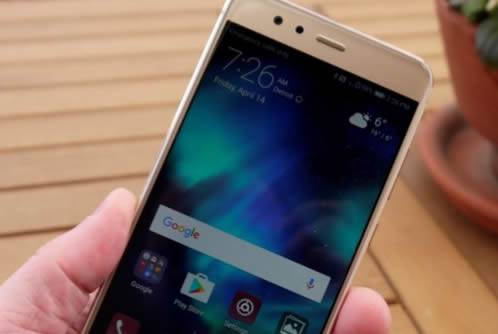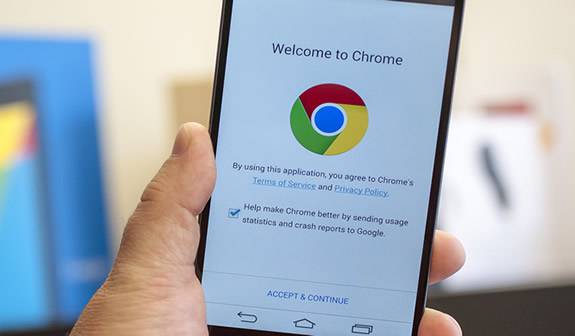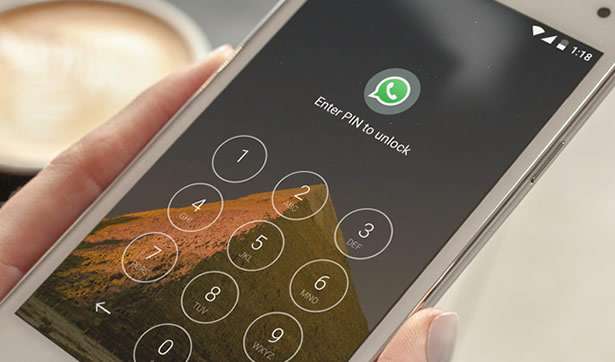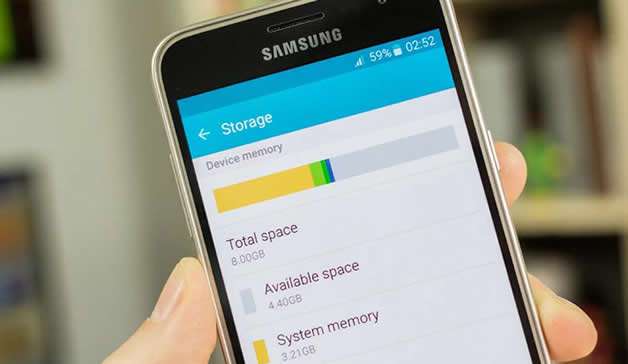Table of Contents
Connecting an Android phone to a Mac can be a useful and convenient way to transfer files, sync data, and perform various tasks seamlessly between the two devices. While connecting an Android phone to a Windows computer is relatively straightforward, the process can be slightly different when it comes to a Mac. In this blog post, we will explore different methods and options to connect an Android phone to a Mac, allowing you to make the most out of your devices’ compatibility.
What’s Needed
To connect an Android phone to a Mac, you will need the following:
- An Android phone with the necessary charging cable
- A Mac computer running the latest version of macOS
- A USB cable or a wireless connection method, depending on the option you choose
- The Android File Transfer application (if using the USB cable method)
Video Tutorial:
What Requires Your Focus?
When connecting an Android phone to a Mac, there are a few key aspects that require your attention:
- Choosing the most suitable connection method for your needs
- Ensuring both devices are connected to the same Wi-Fi network (if using a wireless connection method)
- Installing the necessary software or app on your Mac and Android phone
- Following the steps carefully to establish a successful connection
Option 1. How to Connect An Android Phone to Mac via USB Cable
Connecting your Android phone to a Mac via a USB cable is the most common and straightforward method. Follow these steps to establish the connection:
Steps:
1. Connect your Android phone to your Mac using a USB cable.
2. On your Android phone, swipe down from the top of the screen to access the notification panel.
3. Tap on the USB option or the charging mode notification.
4. Select the "Transfer files" or "File transfer" option (may vary depending on your Android version).
5. On your Mac, open a web browser and search for "Android File Transfer."
6. Visit the official Android website and download the Android File Transfer application.
7. Once downloaded, locate the .dmg file and double-click to start the installation process.
8. Follow the on-screen instructions to complete the installation.
9. Open the Android File Transfer application on your Mac.
10. You should now see a window displaying the files and folders on your Android phone.
11. You can now transfer files between your Android phone and Mac by dragging and dropping them into the desired location.
Pros:
– Simple and straightforward method.
– Allows for easy file transfer between Android and Mac.
– No additional software or app installation required on your Android phone.
Cons:
– The USB cable may limit your mobility while transferring files.
– The Android File Transfer app may have limited features compared to third-party solutions.
Option 2. How to Connect An Android Phone to Mac via Wi-Fi
If you prefer a wireless connection, you can connect your Android phone to your Mac using Wi-Fi. Here’s how:
Steps:
1. Ensure both your Android phone and Mac are connected to the same Wi-Fi network.
2. On your Mac, click on the Apple menu and select "System Preferences."
3. In the System Preferences window, click on "Network."
4. Select your Wi-Fi connection from the list on the left-hand side.
5. Make a note of the IP address displayed on the right-hand side.
6. On your Android phone, open the Google Play Store.
7. Search for and download a file transfer or sync application like "SyncMate" or "AirDroid."
8. Install and open the chosen application on your Android phone.
9. Follow the on-screen instructions to connect your Android phone to your Mac using the provided IP address.
10. Once connected, you can transfer files, sync data, and perform various tasks wirelessly.
Pros:
– Allows for wireless file transfer and synchronization.
– Offers convenience and mobility without the need for a physical USB cable.
Cons:
– Requires the installation of a third-party application on your Android phone.
– May have limitations or feature restrictions depending on the chosen application.
Option 3. How to Connect An Android Phone to Mac via Bluetooth
Another wireless option to connect your Android phone to a Mac is via Bluetooth. Although this method is typically used for connecting devices to share files, it can also be used to establish a connection between an Android phone and a Mac. Here’s how:
Steps:
1. On your Mac, click on the Apple menu and select "System Preferences."
2. In the System Preferences window, click on "Bluetooth."
3. Ensure Bluetooth is turned on and set to discoverable mode.
4. On your Android phone, open the Settings app.
5. Tap on "Connected devices" or "Bluetooth" to access your phone’s Bluetooth settings.
6. Enable Bluetooth and search for available devices.
7. Your Mac should appear on the list of available devices. Tap on it to initiate the pairing process.
8. On your Mac, you might be asked to confirm the pairing request. Follow the on-screen instructions to complete the pairing process.
9. Once connected, you can transfer files or perform various tasks between your Android phone and Mac using the established Bluetooth connection.
Pros:
– Offers wireless connectivity without the need for a USB cable.
– Can be used for simple file transfers and basic tasks.
Cons:
– Bluetooth file transfers may be slower compared to other methods.
– Limited in terms of file size and transfer speed.
Option 4. How to Connect An Android Phone to Mac via Third-Party Apps
Apart from the built-in options mentioned above, you can also explore third-party applications and services to connect your Android phone to a Mac. There are various apps available on the Google Play Store that offer advanced features and enhanced capabilities for seamless device integration. Here’s a general outline of the process:
Steps:
1. On your Android phone, open the Google Play Store.
2. Search for and download a third-party app that supports Android-Mac synchronization such as "SyncMate" or "AirDroid."
3. Install and open the chosen application on your Android phone.
4. Follow the on-screen instructions to connect your Android phone with your Mac.
5. Once connected, you can explore the features offered by the chosen app and perform various tasks between your Android phone and Mac.
Pros:
– Provides advanced features and capabilities for enhanced device synchronization.
– Offers a customizable and feature-rich user experience.
Cons:
– Requires the installation of a third-party application on your Android phone.
– Some apps may have limited functionality in their free versions, requiring a subscription for full access.
Why Can’t I Connect An Android Phone to Mac?
If you are facing difficulties connecting your Android phone to a Mac, there could be several reasons. Here are three alternative solutions you can try:
1. Check USB Cable and Ports:
Ensure that the USB cable you are using is in good condition and supports data transfer. Additionally, clean the USB ports on both your Android phone and Mac to remove any debris or dust that might affect the connection.
2. Update Software and Drivers:
Make sure your Android phone and Mac are running the latest software updates. Outdated software or drivers can sometimes cause compatibility issues. Check for updates on your Android phone’s settings and the Mac App Store.
3. Restart Devices and Retry:
Sometimes, simply restarting both your Android phone and Mac can resolve connectivity issues. After restarting, retry the connection using the preferred method.
Implications and Recommendations
Connecting an Android phone to a Mac offers several implications and recommendations. Here are three points to consider:
1. Data Backup: Before initiating any connections or transfers, it is essential to backup your data to prevent any potential loss or corruption during the process. Regularly backing up your Android phone will ensure you have a copy of important files and settings.
2. Security Measures: When establishing connections or using third-party applications, it is crucial to prioritize security. Ensure that the apps you install are trusted and regularly update your devices’ security software to protect against potential threats.
3. Explore Features and Capabilities: Once your Android phone is connected to your Mac, take the time to explore the various features and capabilities offered by the chosen connection method or apps. These may include file synchronization, device mirroring, notifications mirroring, and more. Understanding and utilizing these features can enhance your productivity and overall user experience.
The Bottom Line
Connecting an Android phone to a Mac opens up a world of possibilities in terms of data transfer, synchronization, and task management. Whether you choose to connect via a USB cable, Wi-Fi, Bluetooth, or through third-party apps, the right connection method depends on your specific needs and preferences. By following the steps outlined in this blog post, you can establish a seamless connection between your Android phone and Mac, allowing for efficient and convenient device integration.
5 FAQs about Connecting an Android Phone to Mac
Q1: Can I transfer files larger than a certain size between my Android phone and Mac?
A: The file transfer limitations may vary depending on the chosen connection method. USB cable and Wi-Fi methods generally have higher file transfer size limits, while Bluetooth transfers may have more significant limitations. Check the specifications of the chosen method or application for accurate file size restrictions.
Q2: Are there any compatibility issues between Android versions and macOS?
A: Generally, Android compatibility with macOS is not limited to specific Android versions. However, certain features or applications may have different requirements or limitations based on the Android version or macOS version. Always ensure you are using the latest versions and updates for both devices to minimize compatibility issues.
Q3: Is it possible to mirror my Android phone’s screen on my Mac?
A: Yes, it is possible to mirror your Android phone’s screen on your Mac using various third-party applications such as "Vysor" or "Scrcpy." These applications enable screen mirroring, allowing you to view and control your Android phone’s screen directly from your Mac. Ensure you download a trusted application and follow the provided instructions for successful screen mirroring.
Q4: What should I do if the Android File Transfer application is not working on my Mac?
A: If you encounter issues with the Android File Transfer application on your Mac, try the following steps:
– Ensure the USB cable is connected properly and in good condition.
– Restart both your Android phone and Mac.
– Update the Android File Transfer application to the latest version.
– Check for software updates on your Mac and Android phone.
– Try using an alternative data transfer method such as Wi-Fi or Bluetooth.
Q5: Can I transfer files between multiple Android phones and my Mac simultaneously?
A: The ability to transfer files between multiple Android phones and a Mac simultaneously depends on the chosen method or application. Some apps, such as "SyncMate," offer the ability to connect and sync data between multiple devices and your Mac. Check the features and capabilities of the chosen method or app to determine if simultaneous transfers are supported.{"@context":"https://schema.org”,"@type":"FAQPage","mainEntity":null}







